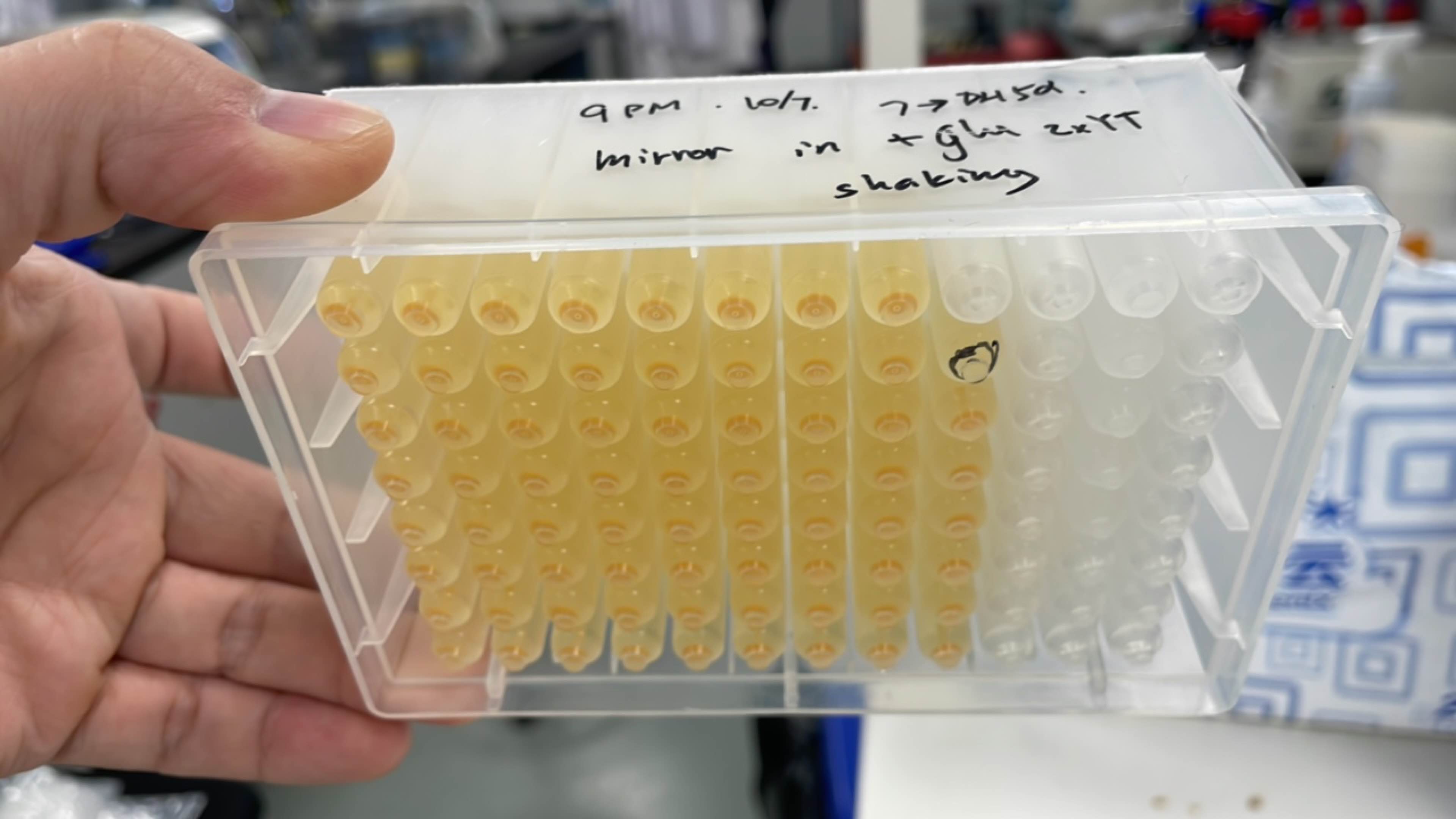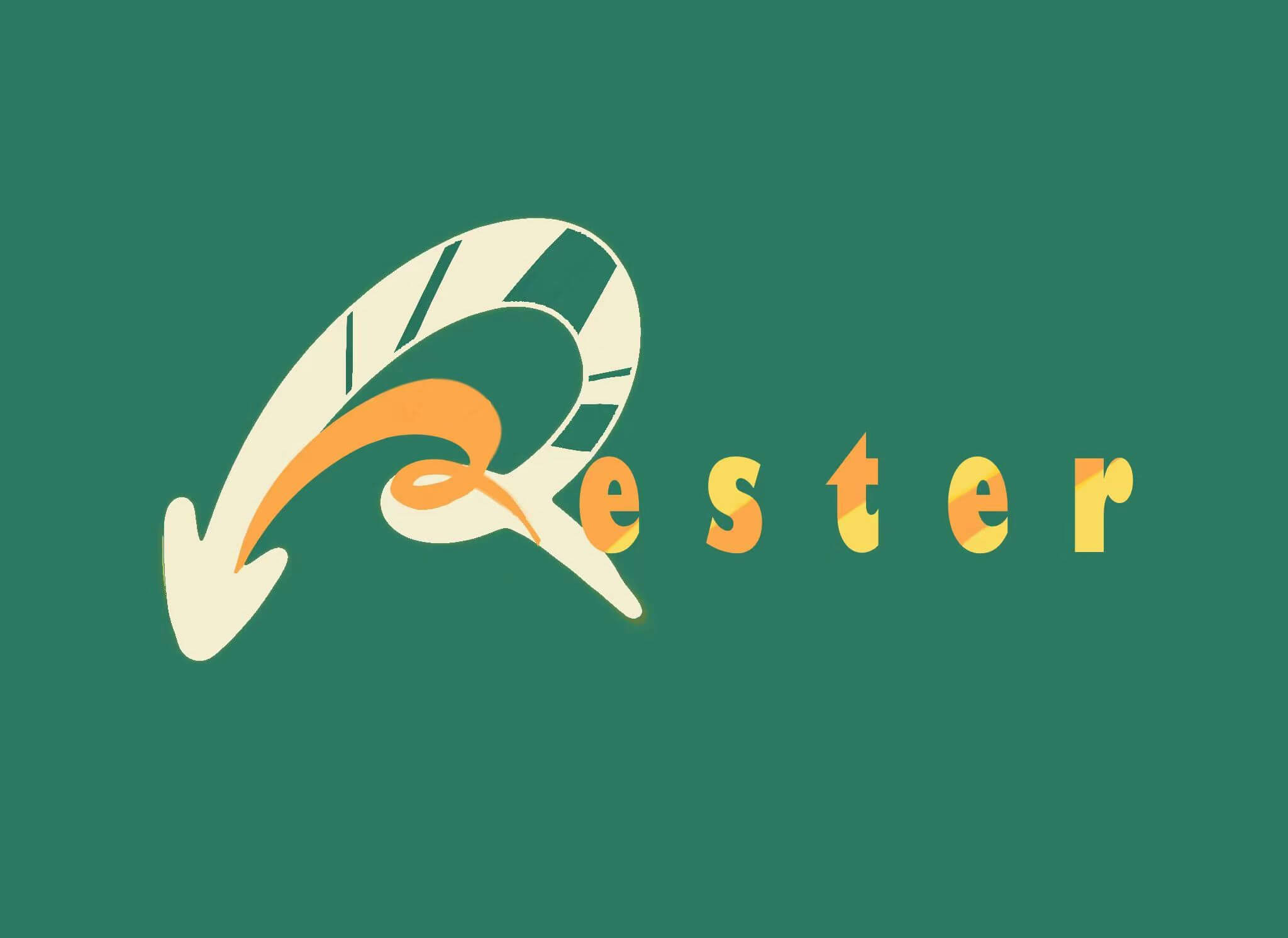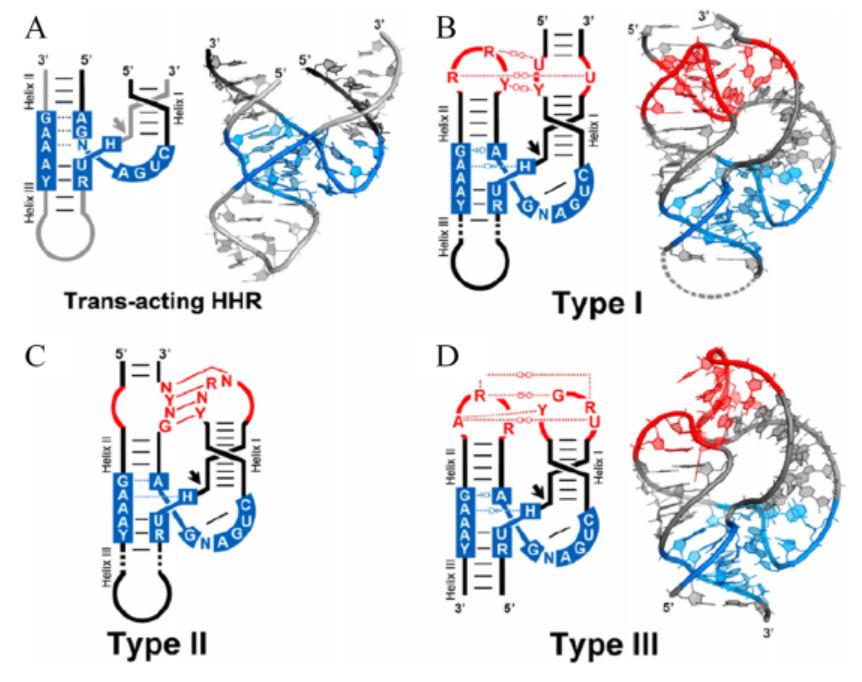Difference between revisions of "Part:BBa K4162005"
(links added) |
m |
||
| Line 25: | Line 25: | ||
As many researches indicate, the major problem of polycistronic vectors, which contain two or more target genes under one promoter, is the much lower expression of the downstream genes compared with that of the first gene next to the promoter<ref>Kim, K. J., Kim, H. E., Lee, K. H., Han, W., Yi, M. J., Jeong, J., & Oh, B. H. (2004). Two-promoter vector is highly efficient for overproduction of protein complexes. Protein science: a publication of the Protein Society, 13(6), 1698–1703.</ref>. The tail of the preceding coding sequence (CDS) can interfere with the head of the ribosome binding site (RBS), which can hinder RBS from combining to ribosomes. Such shortage occurred when we assembled crtEBIY sequentially only to find incomplete expressions of our target proteins. | As many researches indicate, the major problem of polycistronic vectors, which contain two or more target genes under one promoter, is the much lower expression of the downstream genes compared with that of the first gene next to the promoter<ref>Kim, K. J., Kim, H. E., Lee, K. H., Han, W., Yi, M. J., Jeong, J., & Oh, B. H. (2004). Two-promoter vector is highly efficient for overproduction of protein complexes. Protein science: a publication of the Protein Society, 13(6), 1698–1703.</ref>. The tail of the preceding coding sequence (CDS) can interfere with the head of the ribosome binding site (RBS), which can hinder RBS from combining to ribosomes. Such shortage occurred when we assembled crtEBIY sequentially only to find incomplete expressions of our target proteins. | ||
| − | We first assemble four basic modules: [ | + | We first assemble four basic modules: [https://parts.igem.org/Part:BBa_K4162010 BBa_K4162010](ribozyme + T7_RBS + crtE), [https://parts.igem.org/Part:BBa_K4162013 BBa_K4162013](ribozyme + T7_RBS + crtB), [https://parts.igem.org/Part:BBa_K4162016 BBa_K4162016](ribozyme + T7_RBS + crtI) and [https://parts.igem.org/Part:BBa_K4162019 BBa_K4162019](ribozyme + T7_RBS + crtY). Next, we apply overlapping PCR to assemble composite modules which contain 2-3 '''ribozyme+RBS+CDS''' modules. Finally, we obtained several biobricks composed of four basic modules assembled in different orders. SDS-PAGE showed that the proteins in each module were successfully expressed and were intact proteins rather than short peptides after incomplete expression. |
[[File:T--Fudan--protein--YB,IB,B,Hi-I,EY,E,Y.png|400px|thumb|none|'''Figure 2. '''IPTG(-/+) = without/with 0.2 mM IPTG for 3-6 hours, adding IPTG to a bacteria culture with OD600 0.2-0.3. M: Protein molecular weight marker ladder. Lane 1~4, 6~9, 11~17: pET28 plasmids encoding crtYB, IB, EY separated by self-cleaving ribozyme, crtB, crtE, crtY without any tag were transformed into BL21(DE3) Rosetta strain, single clones(1YB1/IB7/IB8/1B1/EY3/EY4/1E1/1Y1)were picked for liquid LB culture. Lane 10: pET28 plasmids encoding crtI were transformed into BL21(DE3) Hi-control Rosetta strain, single clones(1I7)were picked for liquid LB culture. Protein expression was induced in parallel cultures by IPTG. Bacterial cultures were monitored by OD600, and 5x10^7 cells were harvested by centrifugation and lysis in 1x SDS sample buffer. Equal amount (10 μL, 2x10^6 cells) of whole cell lysate were analyzed by SDS-PAGE (4~20% gradient gel, Tanon brand).Red arrows point to crtI protein. Green arrows point to crtY protein. Black arrows point to crtB protein. Yellow arrows point to crtE protein.]] | [[File:T--Fudan--protein--YB,IB,B,Hi-I,EY,E,Y.png|400px|thumb|none|'''Figure 2. '''IPTG(-/+) = without/with 0.2 mM IPTG for 3-6 hours, adding IPTG to a bacteria culture with OD600 0.2-0.3. M: Protein molecular weight marker ladder. Lane 1~4, 6~9, 11~17: pET28 plasmids encoding crtYB, IB, EY separated by self-cleaving ribozyme, crtB, crtE, crtY without any tag were transformed into BL21(DE3) Rosetta strain, single clones(1YB1/IB7/IB8/1B1/EY3/EY4/1E1/1Y1)were picked for liquid LB culture. Lane 10: pET28 plasmids encoding crtI were transformed into BL21(DE3) Hi-control Rosetta strain, single clones(1I7)were picked for liquid LB culture. Protein expression was induced in parallel cultures by IPTG. Bacterial cultures were monitored by OD600, and 5x10^7 cells were harvested by centrifugation and lysis in 1x SDS sample buffer. Equal amount (10 μL, 2x10^6 cells) of whole cell lysate were analyzed by SDS-PAGE (4~20% gradient gel, Tanon brand).Red arrows point to crtI protein. Green arrows point to crtY protein. Black arrows point to crtB protein. Yellow arrows point to crtE protein.]] | ||
| Line 37: | Line 37: | ||
When using ribosome-assisted pRAP, the difference between clones is minimal. As shown in Figures 4 and 5, different clones of ''E. coli'' transformed with the same plasmid/construct were cultured using 96-well plates. After shaking culture overnight, the plate was spin at 4500 rpm for 30 minutes and bacteria was pelleted to the bottom of the wells. There is no clonal variation, showing stable expression of the individual mono-cistrons separated by ribozyme sequences (i.e., no trucated expression nor null function protein of downstream genes due to being placed under one promoter). | When using ribosome-assisted pRAP, the difference between clones is minimal. As shown in Figures 4 and 5, different clones of ''E. coli'' transformed with the same plasmid/construct were cultured using 96-well plates. After shaking culture overnight, the plate was spin at 4500 rpm for 30 minutes and bacteria was pelleted to the bottom of the wells. There is no clonal variation, showing stable expression of the individual mono-cistrons separated by ribozyme sequences (i.e., no trucated expression nor null function protein of downstream genes due to being placed under one promoter). | ||
| − | [[File:T--Fudan--96a.png|400px|thumb|none|'''Figure 4. 96-well plate of module crtYEBI([ | + | [[File:T--Fudan--96a.png|400px|thumb|none|'''Figure 4. 96-well plate of module crtYEBI([https://parts.igem.org/Part:BBa_K4162117 BBa_K4162117]).''' Except for the blank control well marked in black, all clones growing different wells had similar beta-carotene content in the bacterial pellet.]] |
| − | [[File:T--Fudan--EBI--96.png|400px|thumb|none|'''Figure 5. 96-well plate of module crtEBI([ | + | [[File:T--Fudan--EBI--96.png|400px|thumb|none|'''Figure 5. 96-well plate of module crtEBI([https://parts.igem.org/Part:BBa_K4162108 BBa_K4162108]).''' All wells had similar lycopene content in the bacterial pellets.]] |
Revision as of 15:02, 11 October 2022
Hammerhead ribozyme
Introduction
Hammerhead ribozyme was first found in the genome of viruses and viroids. It involved in the processing of RNA transcripts based on rolling-circle replication. The tandem copy of RNA sequence will be generated in the roll ring replication, and the self-cleaving activity of ribozyme can ensure the generation of RNA copy of unit length.[1]
The secondary structure of hammerhead ribozyme resembles a hammer. According to different open helix tips, hammerhead ribozymes can be divided into three types: TypeⅠ, Type II and Type III. The catalytic center of ribozyme consists of 15 highly conserved bases surrounded by three helixs(HelixⅠ, Helix II and Helix III). The long-range interaction between HelixⅠ and Helix II can help stabilize the conformation of the catalytic center of the enzyme and improve the catalytic efficiency (Figure 1).[2] While working, ribozymes utilize a network of defined hydrogen bonds, ionic and hydrophobic interactions to generate catalytic pockets, which capitalize on steric constraints to generate in-line cleavage alignments and general acid-base chemistry to catalyze site-specific cleavage of the phosphodiester backbone.[3]
Contents
Usage and Biology
We construct a ribozyme-assisted polycistronic co-expression system (pRAP) by inserting ribozyme sequences between CDSs in a polycistron. In the pRAP system, the RNA sequences of hammerhead ribozyme conduct self-cleaving, and the polycistronic mRNA transcript is thus co-transcriptionally converted into individual mono-cistrons in vivo. Self-interaction of the polycistron can be nullified and each cistron can initiate translation with comparable efficiency. Besides, we can precisely manage this co-expression system by adjusting the RBS strength of individual mono-cistrons. In our project, we used ribozyme to build our crtEBIY biobrick.
Characterization
Successful protein expression
As many researches indicate, the major problem of polycistronic vectors, which contain two or more target genes under one promoter, is the much lower expression of the downstream genes compared with that of the first gene next to the promoter[4]. The tail of the preceding coding sequence (CDS) can interfere with the head of the ribosome binding site (RBS), which can hinder RBS from combining to ribosomes. Such shortage occurred when we assembled crtEBIY sequentially only to find incomplete expressions of our target proteins.
We first assemble four basic modules: BBa_K4162010(ribozyme + T7_RBS + crtE), BBa_K4162013(ribozyme + T7_RBS + crtB), BBa_K4162016(ribozyme + T7_RBS + crtI) and BBa_K4162019(ribozyme + T7_RBS + crtY). Next, we apply overlapping PCR to assemble composite modules which contain 2-3 ribozyme+RBS+CDS modules. Finally, we obtained several biobricks composed of four basic modules assembled in different orders. SDS-PAGE showed that the proteins in each module were successfully expressed and were intact proteins rather than short peptides after incomplete expression.


Stable expression among clones
For the composite modules constructed using the ribozyme, the self-interaction of polycistron is avoid. Our ribozyme promotes cleavage of transcribed mRNA and separated mRNA contains ribozyme+RBS+CDS just enough for ribosomes to translate.
When using ribosome-assisted pRAP, the difference between clones is minimal. As shown in Figures 4 and 5, different clones of E. coli transformed with the same plasmid/construct were cultured using 96-well plates. After shaking culture overnight, the plate was spin at 4500 rpm for 30 minutes and bacteria was pelleted to the bottom of the wells. There is no clonal variation, showing stable expression of the individual mono-cistrons separated by ribozyme sequences (i.e., no trucated expression nor null function protein of downstream genes due to being placed under one promoter).


Sequence and Features
- 10COMPATIBLE WITH RFC[10]
- 12COMPATIBLE WITH RFC[12]
- 21COMPATIBLE WITH RFC[21]
- 23COMPATIBLE WITH RFC[23]
- 25COMPATIBLE WITH RFC[25]
- 1000COMPATIBLE WITH RFC[1000]
References
- ↑ Ferré-D'Amaré, A. R., & Scott, W. G. (2010). Small self-cleaving ribozymes. Cold Spring Harbor perspectives in biology, 2(10), a003574. https://doi.org/10.1101/cshperspect.a003574
- ↑ Jimenez, R. M., Polanco, J. A., & Lupták, A. (2015). Chemistry and Biology of Self-Cleaving Ribozymes. Trends in biochemical sciences, 40(11), 648–661. https://doi.org/10.1016/j.tibs.2015.09.001
- ↑ Ren, A., Micura, R., & Patel, D. J. (2017). Structure-based mechanistic insights into catalysis by small self-cleaving ribozymes. Current opinion in chemical biology, 41, 71–83.
- ↑ Kim, K. J., Kim, H. E., Lee, K. H., Han, W., Yi, M. J., Jeong, J., & Oh, B. H. (2004). Two-promoter vector is highly efficient for overproduction of protein complexes. Protein science: a publication of the Protein Society, 13(6), 1698–1703.


